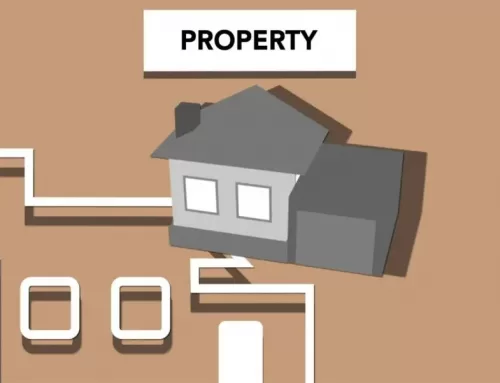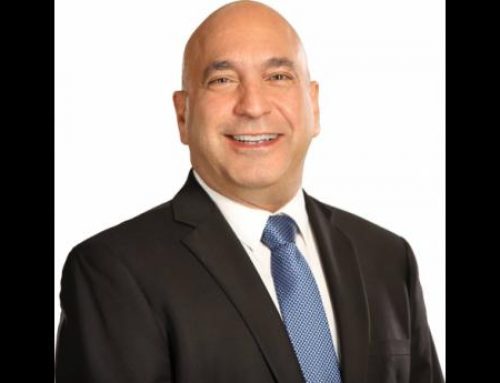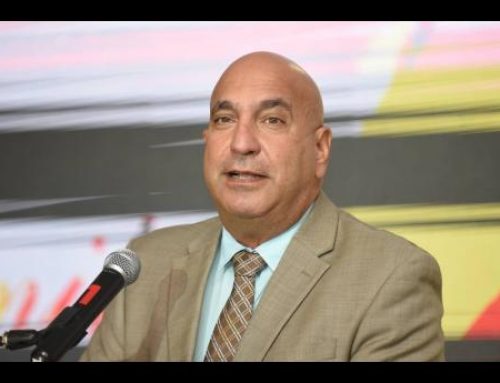Washington (AFP) – Americans are waiting longer to buy their first homes, have more debt and more often need family help to make the purchase amid a supply crunch that is pushing up prices, according to a new data released Friday.
But African Americans and Hispanics continue to make up a very small share of homebuyers in the United States, far below their share of the population, according to National Association of Realtors report.
While low interest rates have made mortgages more accessible, and historically low unemployment means more Americans have a steady paycheck, the influx of buyers combined with a shortage of workers means homebuilders have not been able to keep up with demand.
The report shows the median sales price in September was up to $272,100 compared to $259,300 for all of 2018 and $197,100 five years earlier.
NAR has long highlighted the shortage of homes on the market but the report puts the implications of that problem in stark relief.
African Americans comprise just four percent of homebuyers, despite making up 13 percent of the US population, the report said.
Hispanics make up seven percent, while they are 18 percent of the population.
“There’s no way to sugarcoat how low the Hispanic and African American homebuyers (rate) has been and… how far it’s fallen from before the recession to today,” said Jessica Lautz, NAR’s vice president of demographics and behavioral insights.
With homeownership for blacks in particular at historic lows, this has “very large implications for their ability… to build wealth and to be able to build a nest egg,” Lautz told AFP.
She notes research showing minorities are less likely to apply for a loan, more likely to be denied for mortgages and less likely to have family help, “which is a key down payment source for first time homebuyers today.”
– Homes in short supply –
One third of first-time homebuyers have family help for their down payment, either through a gift or a loan, she said.
At the same time, African American first-time homeowners “have significantly more student loan debt than white homebuyers do… which is in a significant hurdle, holding back many potential buyers.”








Leave A Comment